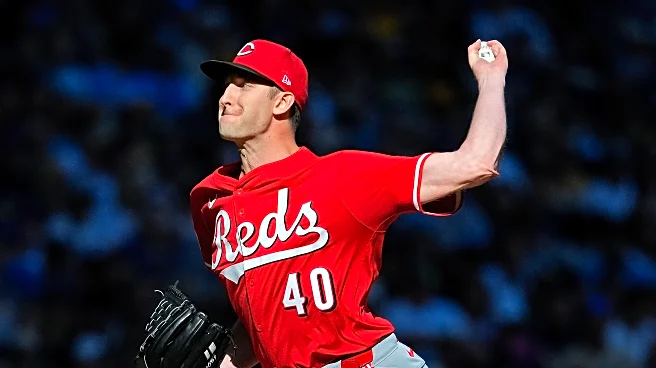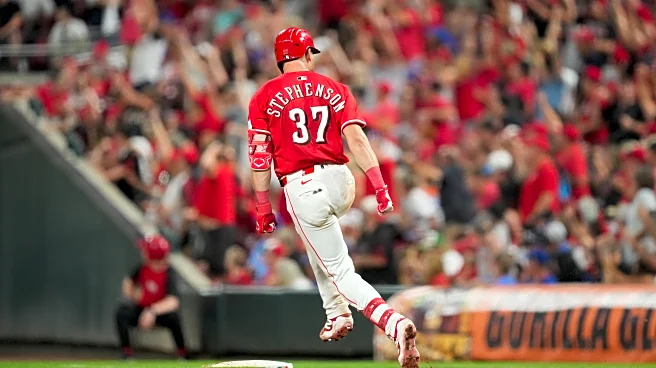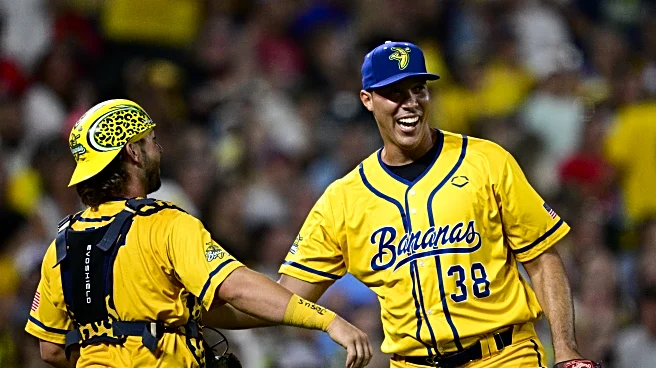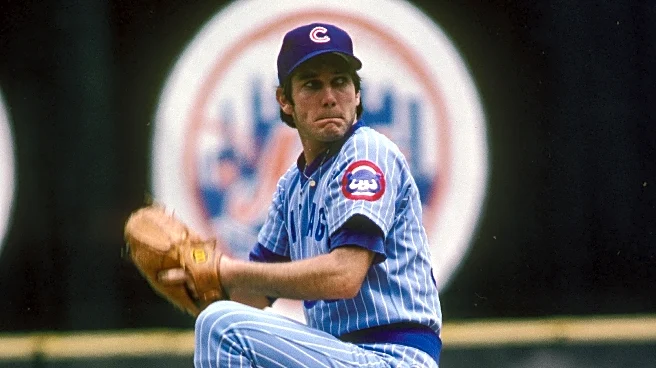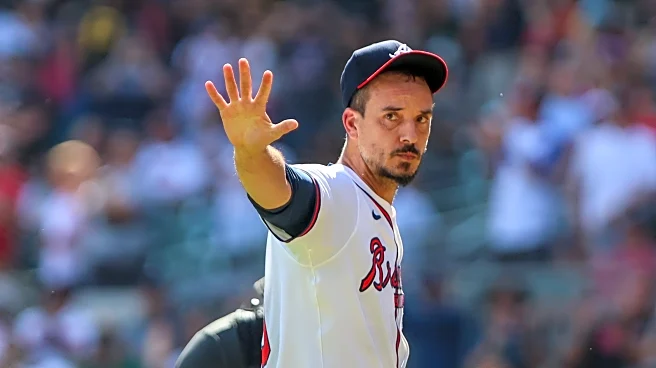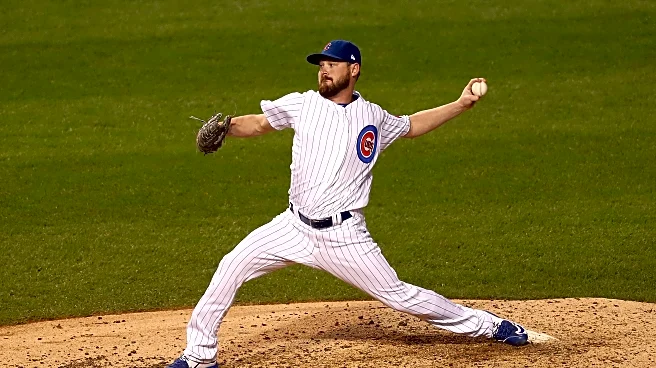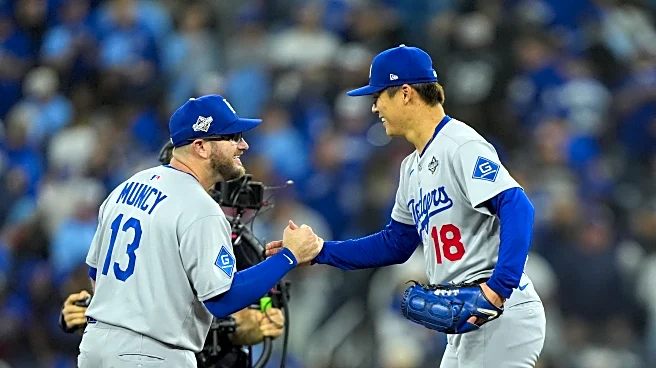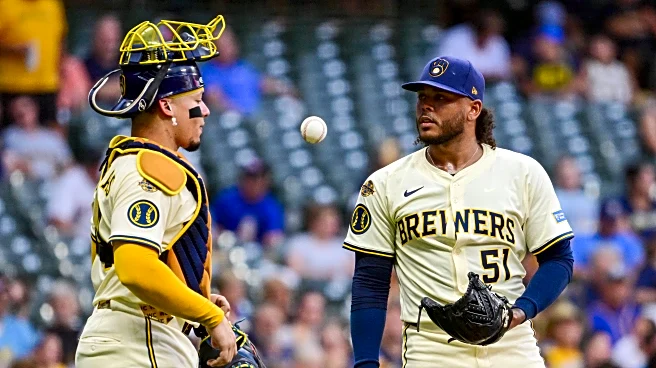The salary structure and team control matrix for Major League clubs is complicated and convoluted, but there are at least a couple of tenets to it that generally hold.
Clubs get six years of team control
over players, and the players typically operate at or around league-minimum salaries for the first three of those years – after which time they go through the arbitration process and begin to get raises based upon their performance. The better you’ve been (in at least the right specific categories of production), the more money you make each trip through arbitration, and previous year salaries serve as a benchmark on which you get your raise.
Guys like Spencer Steer and TJ Friedl are hitting that threshold for the first time this winter, and will begin to make significantly more money going forward.
Those years, though, are full years, and partial years don’t quite get you there. This comes into play when you see teams waiting conspicuously long to call up top prospects at the start of seasons, often waiting until May or June to promote them in pretty clear efforts to manipulate their service time – the years of team control – to effectively get 3/4ths of a seventh year of control over them.
As a way to combat that, the top 22% of players with more than two years of service time (and less than three years) become eligible for Super Two status, effectively giving them a fourth year of arbitration eligibility (and kick-starting their increased earnings a year early). As the fine folks at MLB Trade Rumors explained yesterday, that typically involves a service time threshold of two years and 120 to 140 days, with all players who’ve logged at least that much qualifying.
This year, the cutoff is expected to be two years and either 139 or 140 days, and Cincinnati’s Matt McLain has exactly two years and 140 days of service time under his belt. So, rather than play the 2026 season on a roughly league-minimum salary of $780,000, he’s estimated to command a $2.6 million salary through the arbitration process for which he’s about to officially qualify.
Brandon Williamson similarly sits with two years and 139 days of service time, so there’s a chance he qualifies as a Super Two, too. He won’t command quite the same salary increase as McLain, but it would still be at least a few hundred thousand above actual league-minimum.
(If you’re at home doing the math, yes, players earn service time even when they’re on the 60-day injured list rehabbing. So while it still seems like we’ve barely seen any of McLain and Williamson, they picked up service time while on the big league roster even while sidelined with their respective ailments over the last two seasons.)
Each of Andrew Abbott and Elly De La Cruz have more than two years of service time (and less than three), but both will fall short of Super Two status by several weeks, meaning they’ll once again play on a salary at or around league-minimum for the 2026 season (assuming the Reds don’t hammer out longer-term contracts independent of mere team control between now and then).


